Continued from page 50 of the May 2013 issue.
Photos by Sandie Parrott
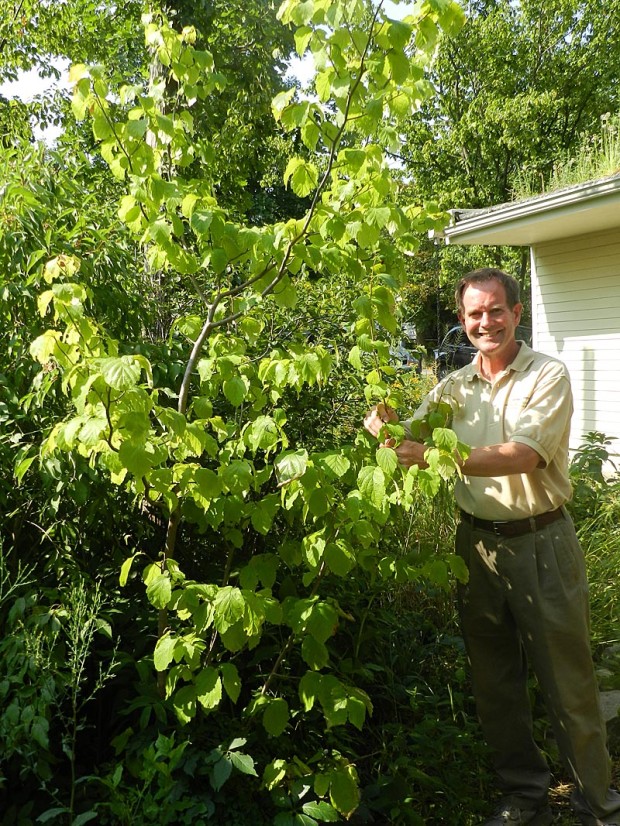
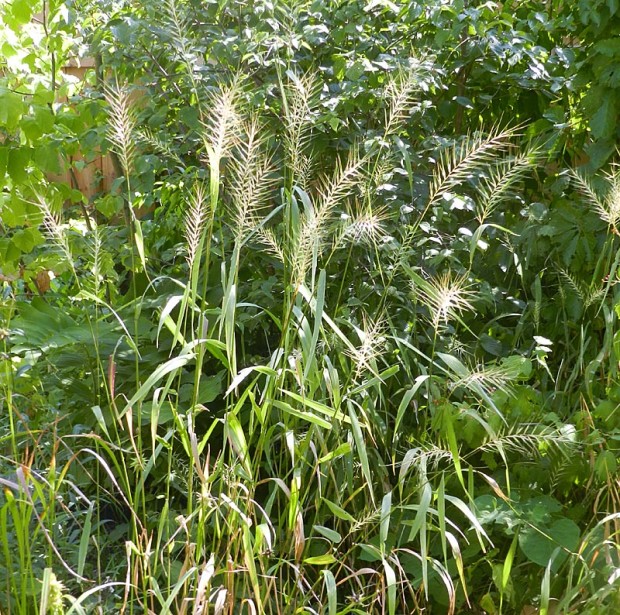
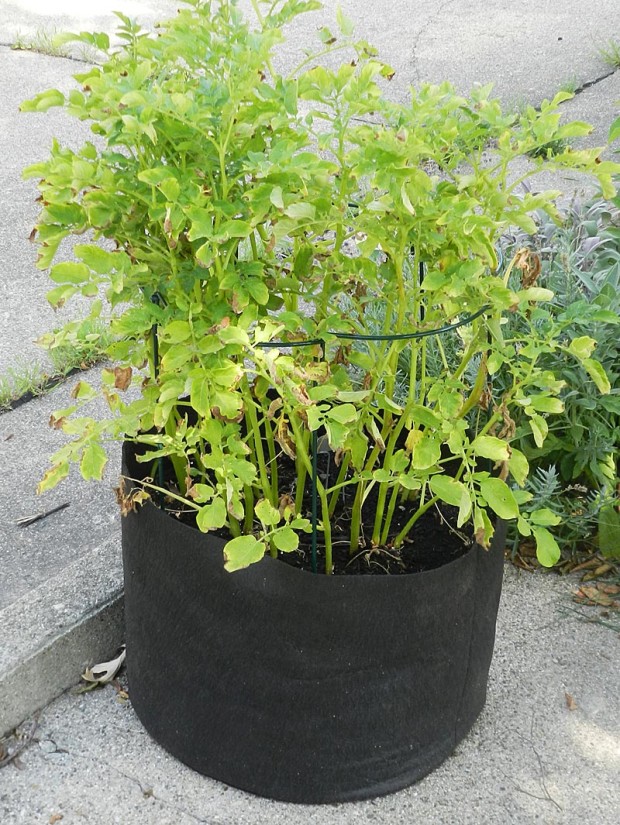
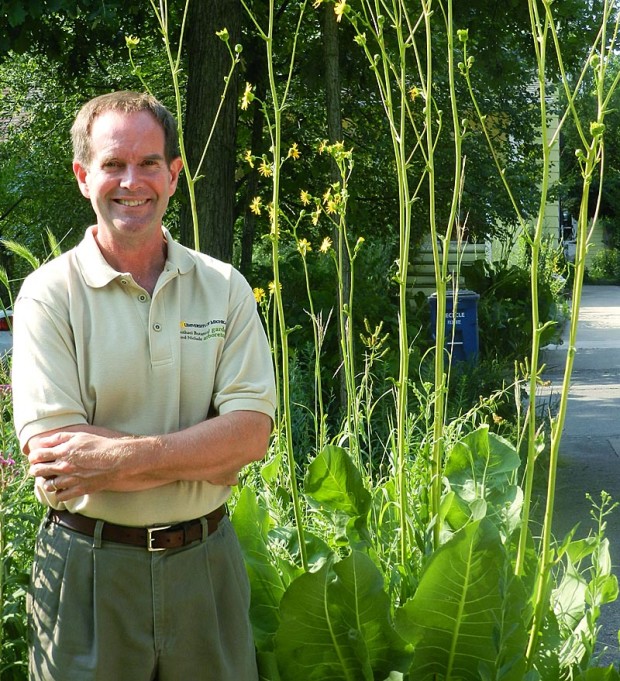
PLEASE NOTE: In the autumn of 1995, we hatched the idea for a free, local gardening publication. The following spring, we published the first issue of Michigan Gardener magazine. Advertisers, readers, and distribution sites embraced our vision. Thus began an exciting journey of helping our local gardening community grow and prosper.
After 27 years, nearly 200 issues published, and millions of copies printed, we have decided it is time to end the publication of our Print Magazine and E-Newsletter.
Continued from page 50 of the May 2013 issue.
Photos by Sandie Parrott




Michigan Department of Natural Resources:
Autumn olive is native to Asia and was introduced into the US in the 1830s. It was commonly planted for wildlife food and cover until its invasive traits became apparent. It produces abundant fruits that are widely distributed by birds and mammals. Like many non-native shrubs, it leafs out early and retains its leaves late in fall, shading out desirable native species and reducing species diversity. It is able to germinate and survive in shade as well as sun.
Autumn olive has root nodules that fix atmospheric nitrogen. As a result, it has the potential to degrade native plant communities that are adapted to low nutrient levels such as barrens and prairies. The resulting increase in nitrogen can promote the growth and spread of weedy species at the expense of low-nutrient adapted natives. In addition, it can increase stream water nitrate concentrations when it comprises a large portion of the stream bank vegetation.
Autumn olive does not appear to suffer significantly from herbivory by deer. In one study, it grew as tall outside of exclosures as it did within, while natives growing in the same places were much smaller when browsed by deer.
To learn more about Autumn Olive, download the DNR Best Control Practice Guide…
Continued from page 54 of the May 2013 issue.
Photos by Steven Nikkila
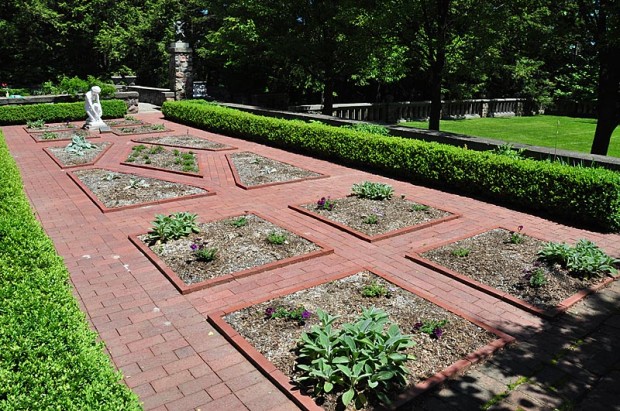
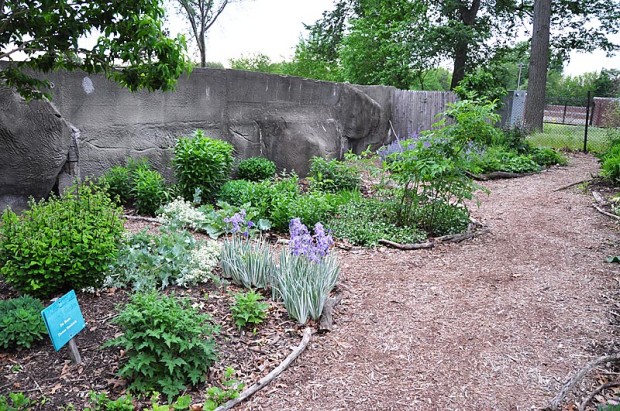
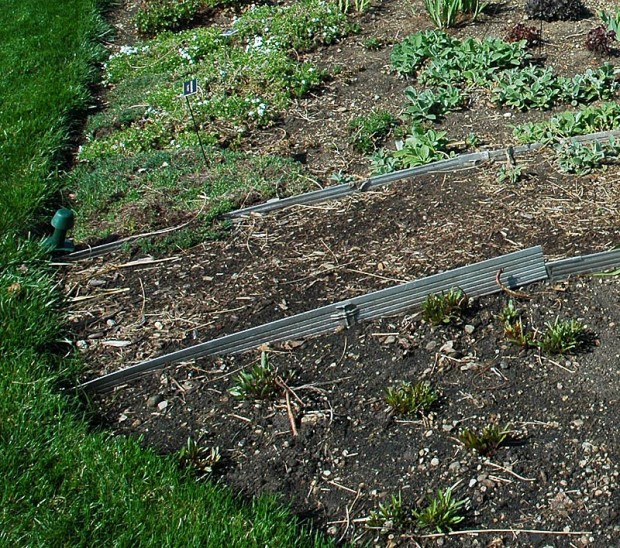
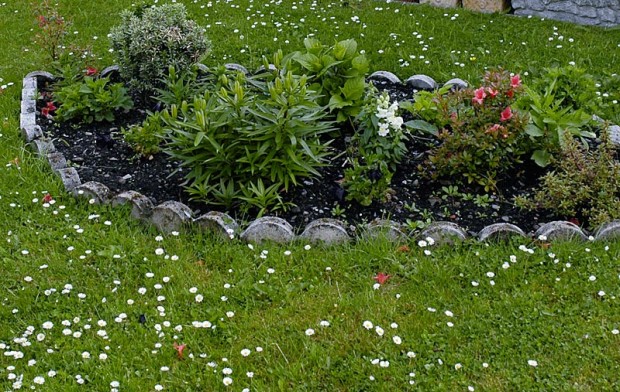
Copyright 1996-2025 Michigan Gardener. All rights reserved.